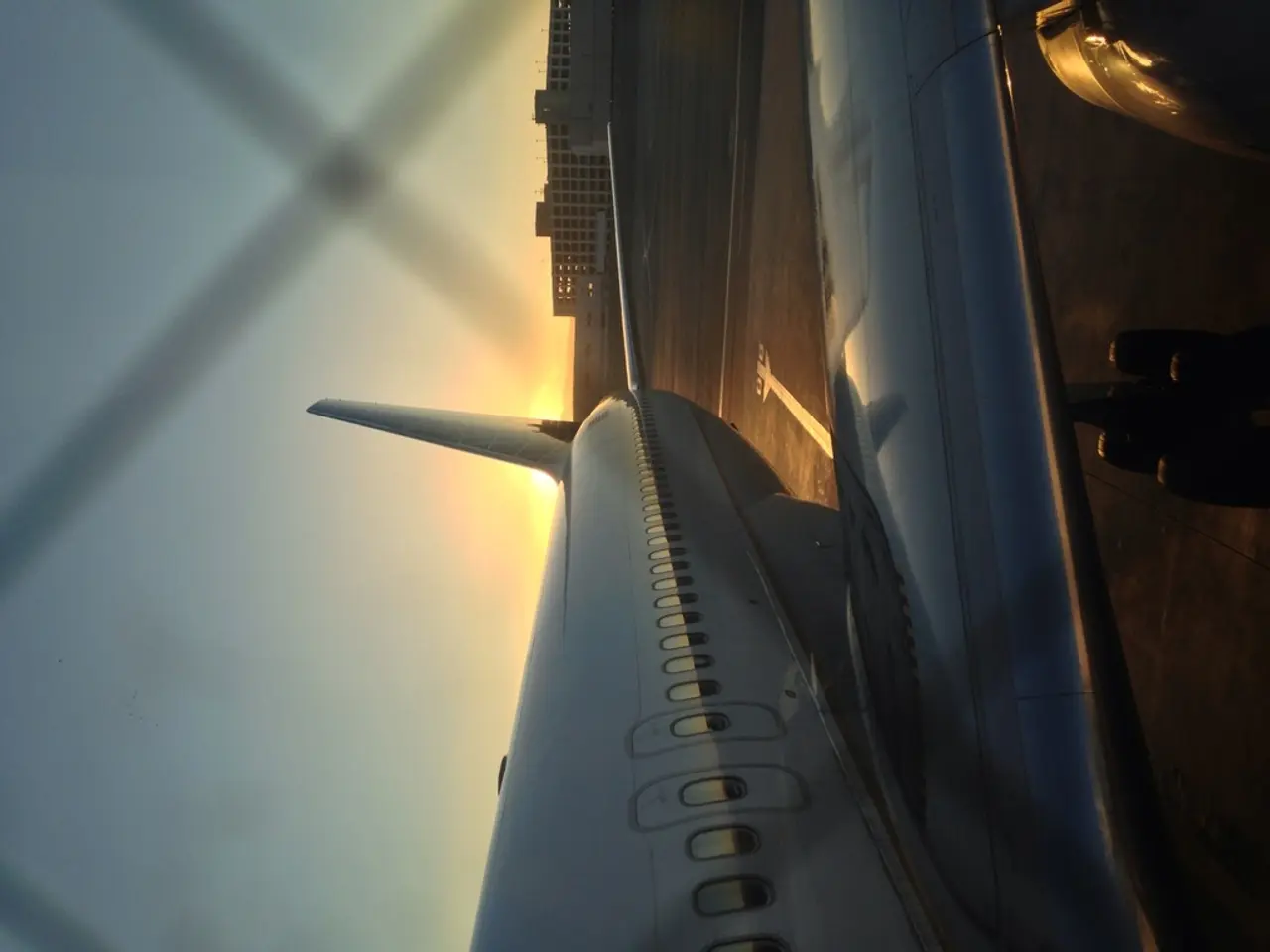Traveling with Pulmonary Hypertension is Typically Permissible
For those living with pulmonary hypertension (PH), travel can be a challenging yet achievable endeavour. With careful planning and coordination, patients can continue to lead fulfilling lives and explore the world. Here's a comprehensive guide to help manage medical needs during travel.
## Medication and IV Management
1. **Hand Luggage Essentials:** All essential medications, including emergency medications, should be carried in hand luggage to prevent loss if checked baggage is delayed or misplaced. 2. **Documentation:** Take at least two copies of your most recent clinic letters or a treatment summary, and keep them secure (e.g., as scanned copies on your phone). 3. **Pre-travel Appointment:** Consult your PH specialist before traveling to optimize your treatment plan and review your current medications, IV therapies, or other specialized needs. 4. **IV Therapy Consideration:** If you require IV medications, consult your specialist and transport provider for guidance on arranging safe transport and administration. In general, routine airline travel is not compatible with ongoing IV infusions unless specifically arranged with a medical escort or air ambulance service. 5. **Emergency Plan:** Ensure emergency medications (such as those for acute exacerbations) are easily accessible during travel.
## Oxygen Requirements
1. **Travel Assessment:** Undergo a flight assessment or discuss with your PH specialist whether you need in-flight oxygen, even if you do not normally use oxygen at home. 2. **Oxygen Planning:** If supplemental oxygen is required, notify the airline well in advance and confirm their oxygen policy. Airlines may charge extra for oxygen and have specific requirements for equipment and documentation. 3. **Equipment:** Consider portable oxygen concentrators for flights that do not provide oxygen. Work with your oxygen supplier to ensure you have the correct equipment and prescriptions, such as a Home Oxygen Order Form (HOOF) if required. 4. **Monitor Oxygen Levels:** Bring a pulse oximeter to monitor oxygen saturation during travel.
## Practical Tips
1. **Contact Airline in Advance:** Always check with the airline before booking to confirm their requirements for medical equipment and oxygen. 2. **Travel Insurance:** Obtain comprehensive travel insurance that covers pre-existing conditions and emergency medical care. 3. **Consider Alternatives:** If flying poses too many challenges, consider alternative modes of travel, such as cruises or ground transport, which may be easier to arrange for those with complex medical needs.
## Additional Recommendations
1. **Medical Escort:** For patients requiring ongoing IV therapy or who have unstable PH, consider traveling with a medical escort or using a specialized medical transport service. 2. **Hotel Safety:** Keep medications in a safe place during your stay, and use hotel safes if available. 3. **Emergency Contacts:** Keep a list of emergency contacts and your local treating physician’s information readily accessible.
By following these steps and coordinating with your healthcare team and travel providers, patients with pulmonary hypertension can travel safely and manage their medical requirements effectively. Remember, travel can be a rewarding experience, and with the right preparations, it can be a part of a full life for those living with PH.
[1] Chaisson, N. (2021). Pulmonary Hypertension and Travel: A Guide. Retrieved from [www.pulmonaryhypertensionnews.com](http://www.pulmonaryhypertensionnews.com)
[2] American Lung Association. (2021). Pulmonary Hypertension. Retrieved from [www.lung.org](http://www.lung.org)
[3] Pulmonary Hypertension Association. (2021). Travel and Pulmonary Hypertension. Retrieved from [www.phassociation.org](http://www.phassociation.org)
[4] Mayo Clinic. (2021). Pulmonary Hypertension. Retrieved from [www.mayoclinic.org](http://www.mayoclinic.org)
[5] National Heart, Lung, and Blood Institute. (2021). Pulmonary Hypertension. Retrieved from [www.nhlbi.nih.gov](http://www.nhlbi.nih.gov)
- Maintaining a healthy lifestyle, which includes focuses on nutrition, mental health, fitness, and exercise, can help improve overall well-being for individuals living with pulmonary hypertension (PH).
- Consider adopting a balanced diet rich in vitamins and minerals to support the body during travel and help manage chronic diseases connected to PH.
- Regular exercise and stress-reduction techniques, such as yoga or meditation, can help manage mental health and reduce anxiety related to travel for individuals with PH.
- Embracing environmentally friendly habits, like using reusable water bottles and reducing waste, can contribute to personal health and act as responsible global citizens during travel.
- Being aware of pollution levels, humidity, and altitude changes in travel destinations, and packing accordingly, is essential for those with PH to ensure a safe and comfortable journey.
- Before traveling, consult a medical professional for recommendations specific to existing health conditions, as adhering to a medication schedule, managing specialized medical needs, and maintaining good mental health are crucial during travel for individuals with PH.




